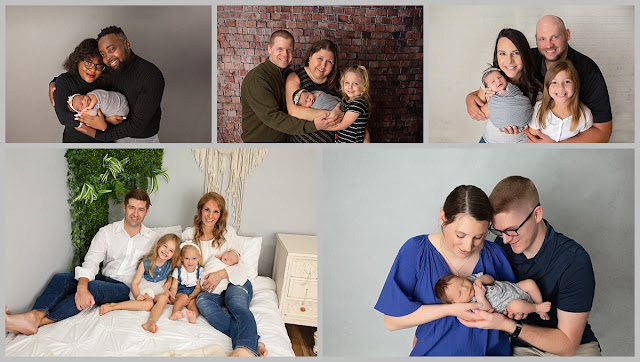Accomodating Sensory Needs in Your Photo Session
How do I accommodate sensory needs in a photo session? Let me tell you.
Not everyone may know this but my two kiddos and myself are on the spectrum. My son is autistic and suffers from Hyper-Sensitivity Disorder. My daughter is being tested for ADHD. I myself struggle with sensory sensitivity. So I get that it may be a challenge to schedule or participate in a photo session. It can be a lot of stimuli.
So how do I accommodate that? And how can you prepare? Keep reading.
1. Prep the environment.
When I set up a photo session I make a space for that session to happen in. This can look like a set with a designated floor area or a area prepared like a couch in a backdrop area. I always try to keep noise levels to a minimum. I ask that parents engage your child quietly. Not loudly and energetically with cooing. We want the main energy to come from me. This helps your child interact with me and the camera.
2. Communicate and coordinate
In each of my session questionnaires I ask if there is anything you feel I should know about you your family or your child. This is specifically there so if any subjects of the sessions do have any kind of needs I can accommodate them. Gives you a chance to help me what your sensory or spectrum need is. For instance Johnny may suffer from light sensitivity. So we might pivot and go outdoors as to avoid the use of artificial lights. Or Susie might have sound related sensitivities. So I will cut out my background music and any other triggers. Communicate with your kid how the session may go, what's the environment like, what will I be using to take their photos, etc.
3. Show them visuals
Show your kid or sensory needs individual a picture of me with my camera, a picture of my studio, etc. The more prep you can do letting them know how it will go the better your session will flow.
Jenna Elizabeth and her camera. Some images of the studio.
Consider using a social story. This is a tool used in schools for a quick picture book style walk through.
4. Be Flexible
Sometimes what we have prepared just doesn't work. It's important to be flexible during the session. I will offer several choices like would you like to hold this prop or this one. Would you like to sit here or stand? This can be very helpful.
5. Be Patient
It may take longer than expected to get the perfect image. If we are doing a mini session (which is a set amount of time) you may want to arrive early to the location to allow some acclimation time. This may or may not be possible if this is a studio mini. However I try my best to accommodate. I may suggest that you take the first time slot or the last depending on how much extra time you feel you need.
In conclusion, it's important to me that you have the best experience possible. Prepping the environment, communicating and coordinating, using visual supports, and being patient and flexible are all essential for a great session. If ever you have concerns please reach out and speak to me. I do my absolute best to accommodate everything I can.




Comments
Post a Comment